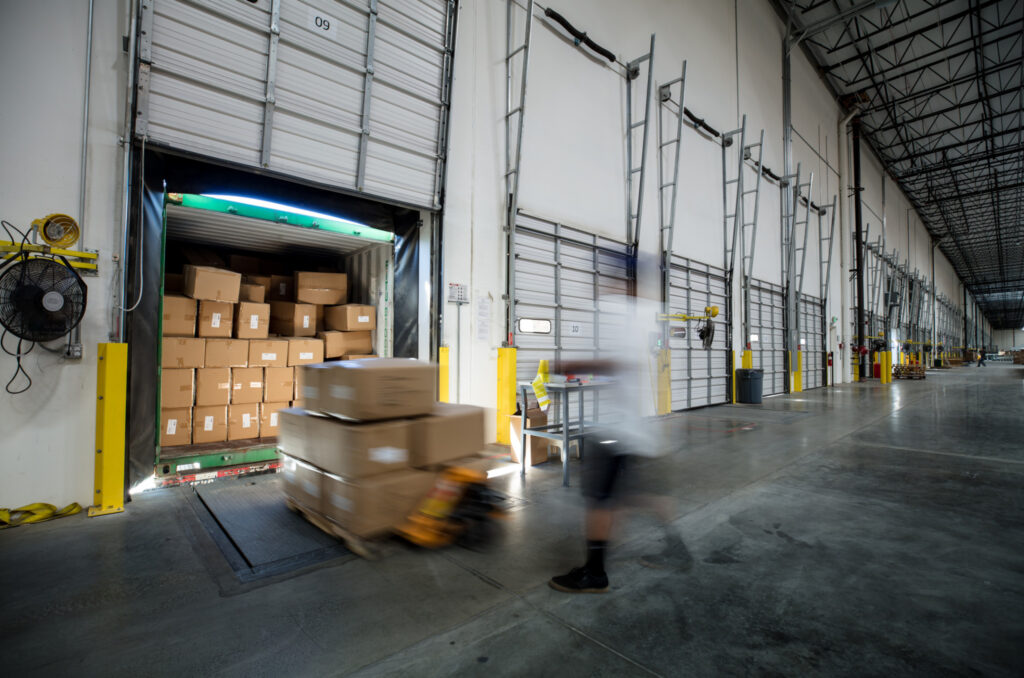Tech, data, and refined processes can limit loading dock delays
Delays at customer facilities are clearly among the trucking industry’s top concerns. Last year, surveyed fleets ranked such detention time in seventh place on the American Transportation Research Institute’s (ATRI) list of Top 10 critical issues.
Drivers themselves ranked the issue in second place – a particularly troubling finding since surveyed fleet managers and executives said a driver shortage was their top issue overall.
The delays are also getting longer. From 2014-18, delays of two or more hours increased by over 11%, while delays of six or more hours increased by over 27%, further ATRI research on driver detention shows.

Even two hours represents a significant delay, says Amir Hoss, CEO of Eaigle, an Ontario-based artificial intelligence (AI) company that serves industries including the logistics sector. And he suggests the issue is more critical than ever.
“The demand went up, especially in the e-commerce. It sets the bar very high since customers expect one- to two-day deliveries. This means delays are becoming a much bigger problem than it was two years ago,” he says.
“Now, on top of that, the trailers have more value for a transportation company, because the trailer cost increased two times or 2-1/2 times. Two years ago, a trailer could be sitting in a lot for two days and it would not have affected the entire chain. But now, the truck is expected to be out of the yard in four hours after passing the gate, because the trailer needs to be repurposed somewhere else.”
To compound matters, electronic logging devices (ELDs), which will be mandated for federally regulated fleets beginning this January, clearly account for every passing minute, eating into available driving time.
Understanding the reasons
While limited dock space, employee shortages, product readiness, and overbooking all contribute to excessive delays, a deeper understanding of the reasons behind the delays has been missing, Hoss says.
He points out that dock delays often begin at the yard gate. Incoming trucks need to be inspected and trailer numbers must be registered – a process that can take 15 to 30 minutes. Hoss says that’s a lot of time to spend on one truck, especially when a facility processes 2,000 trailers per day.
AI-powered solutions, however, can help reduce this time to just a couple of minutes, he says. Cameras, for example, can be used to read licence plates and record numbers on trucks and trailers, leaving AI to extract the data. Eaigle also has a kiosk that drivers can use to automatically scan documents without leaving the cab.
But delays are not limited to the gate alone. Drivers will park in random spaces due to yard congestion or assigned spots that are unavailable. “This is how the loading process at the dock starts with the delay,” he says. Ensuring a truck is parked in its assigned spot can be achieved through a formal yard management system (YMS).
Tracking processes at the dock itself will offer insights of its own. Identified trends around certain types of freight can be used to adjust schedules and improve traffic flow, Hoss says.
Late and early arrivals to the yard often lead to delays of their own, he adds, stressing the value of real-time data and communications to accommodate drivers. Knowing which loads leave early, opening space at available docks, can be just as important as knowing which loads are late.
Since processes at the gate and in the yard directly affect loading and unloading times, real-time data can better prepare those at the dock for the incoming trucks, Hoss says.
Automation and business processes
It isn’t the only way technology could be better utilized to offer solutions.
Loading docks across North America are barely automated, says Ash Sharma, the lead of the robotics and warehouse automation division at Interact Analysis.
Tools such as automated forklifts within distribution centers and warehouses can address safety concerns, eliminating the possibility of human error, as well as fill in the human labor gaps, he says.
For the foreseeable future, though, manual labor is the best option for loading trailers themselves, he adds. “Because of the different types of freight and the way it is packaged.”
But refined business processes – particularly when it comes to sharing data – could offer further solutions to the delays.
Data from ELDs, for example, can identify the locations where delays occur, and be used in discussions with the offending shippers.
An hourly surcharge can also help convince shippers to address excessive delays, and in the process, help address the compensation issues that topped driver concerns on ATRI’s critical issues survey. The institute says surveyed carriers charged an average US $63.71 per hour for such fees.
ATRI has even recommended a “Shipper of Choice” database to identify locations with minimized or non-existent delays. Carriers could use details like that when negotiating with shippers and convincing yard managers to be more competitive.
It’s because time is money.
Have your say
This is a moderated forum. Comments will no longer be published unless they are accompanied by a first and last name and a verifiable email address. (Today's Trucking will not publish or share the email address.) Profane language and content deemed to be libelous, racist, or threatening in nature will not be published under any circumstances.
We. Need a min dock rate of $50/ hr U S or $63 cd / hr and a dry van of $44 u s / hror $55 cd per hour to cover driver time and benefits on payroll
Until receiving is billed nothing will happen
The truck driver turnover can be fixed
Instead certain truck companies and private nursing homes just want to bring in more new people often from other countries.